Izzat Alsmadi
Transforming Computer Security and Public Trust Through the Exploration of Fine-Tuning Large Language Models
Jun 02, 2024Abstract:Large language models (LLMs) have revolutionized how we interact with machines. However, this technological advancement has been paralleled by the emergence of "Mallas," malicious services operating underground that exploit LLMs for nefarious purposes. Such services create malware, phishing attacks, and deceptive websites, escalating the cyber security threats landscape. This paper delves into the proliferation of Mallas by examining the use of various pre-trained language models and their efficiency and vulnerabilities when misused. Building on a dataset from the Common Vulnerabilities and Exposures (CVE) program, it explores fine-tuning methodologies to generate code and explanatory text related to identified vulnerabilities. This research aims to shed light on the operational strategies and exploitation techniques of Mallas, leading to the development of more secure and trustworthy AI applications. The paper concludes by emphasizing the need for further research, enhanced safeguards, and ethical guidelines to mitigate the risks associated with the malicious application of LLMs.
Predicting Question Quality on StackOverflow with Neural Networks
Apr 20, 2024Abstract:The wealth of information available through the Internet and social media is unprecedented. Within computing fields, websites such as Stack Overflow are considered important sources for users seeking solutions to their computing and programming issues. However, like other social media platforms, Stack Overflow contains a mixture of relevant and irrelevant information. In this paper, we evaluated neural network models to predict the quality of questions on Stack Overflow, as an example of Question Answering (QA) communities. Our results demonstrate the effectiveness of neural network models compared to baseline machine learning models, achieving an accuracy of 80%. Furthermore, our findings indicate that the number of layers in the neural network model can significantly impact its performance.
Mutation-Based Adversarial Attacks on Neural Text Detectors
Feb 11, 2023


Abstract:Neural text detectors aim to decide the characteristics that distinguish neural (machine-generated) from human texts. To challenge such detectors, adversarial attacks can alter the statistical characteristics of the generated text, making the detection task more and more difficult. Inspired by the advances of mutation analysis in software development and testing, in this paper, we propose character- and word-based mutation operators for generating adversarial samples to attack state-of-the-art natural text detectors. This falls under white-box adversarial attacks. In such attacks, attackers have access to the original text and create mutation instances based on this original text. The ultimate goal is to confuse machine learning models and classifiers and decrease their prediction accuracy.
A Mutation-based Text Generation for Adversarial Machine Learning Applications
Dec 21, 2022Abstract:Many natural language related applications involve text generation, created by humans or machines. While in many of those applications machines support humans, yet in few others, (e.g. adversarial machine learning, social bots and trolls) machines try to impersonate humans. In this scope, we proposed and evaluated several mutation-based text generation approaches. Unlike machine-based generated text, mutation-based generated text needs human text samples as inputs. We showed examples of mutation operators but this work can be extended in many aspects such as proposing new text-based mutation operators based on the nature of the application.
Synthetic Text Detection: Systemic Literature Review
Oct 01, 2022
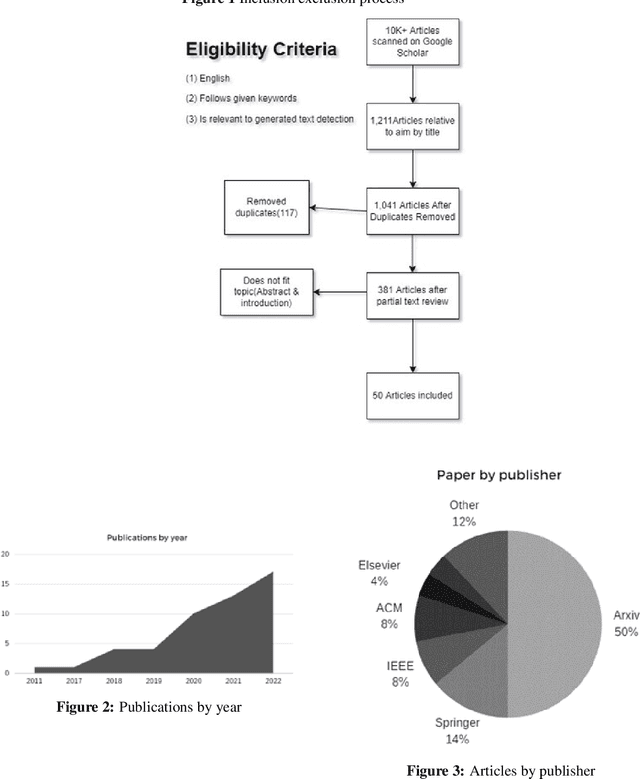

Abstract:Within the text analysis and processing fields, generated text attacks have been made easier to create than ever before. To combat these attacks open sourcing models and datasets have become a major trend to create automated detection algorithms in defense of authenticity. For this purpose, synthetic text detection has become an increasingly viable topic of research. This review is written for the purpose of creating a snapshot of the state of current literature and easing the barrier to entry for future authors. Towards that goal, we identified few research trends and challenges in this field.
Benchmark Assessment for DeepSpeed Optimization Library
Feb 12, 2022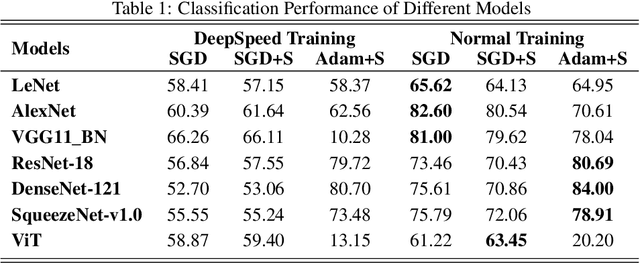
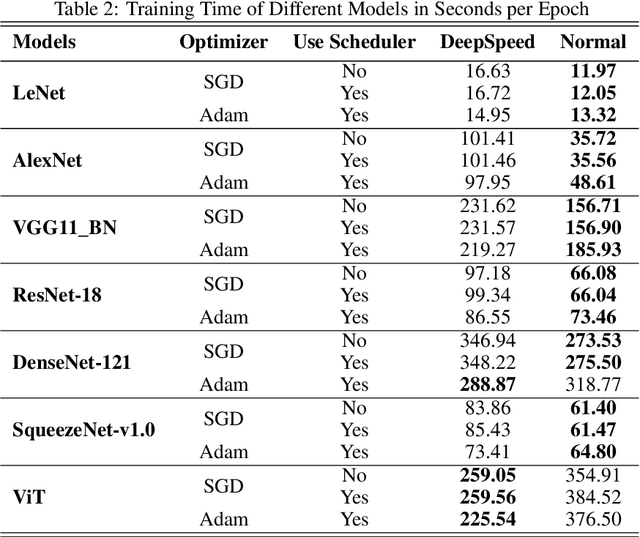
Abstract:Deep Learning (DL) models are widely used in machine learning due to their performance and ability to deal with large datasets while producing high accuracy and performance metrics. The size of such datasets and the complexity of DL models cause such models to be complex, consuming large amount of resources and time to train. Many recent libraries and applications are introduced to deal with DL complexity and efficiency issues. In this paper, we evaluated one example, Microsoft DeepSpeed library through classification tasks. DeepSpeed public sources reported classification performance metrics on the LeNet architecture. We extended this through evaluating the library on several modern neural network architectures, including convolutional neural networks (CNNs) and Vision Transformer (ViT). Results indicated that DeepSpeed, while can make improvements in some of those cases, it has no or negative impact on others.
Adversarial Attacks and Defenses for Social Network Text Processing Applications: Techniques, Challenges and Future Research Directions
Oct 26, 2021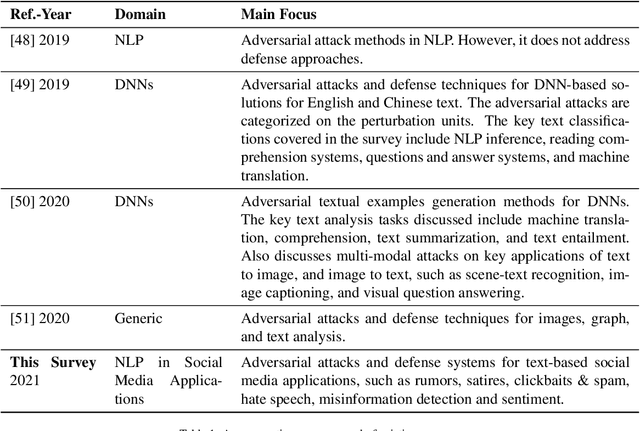
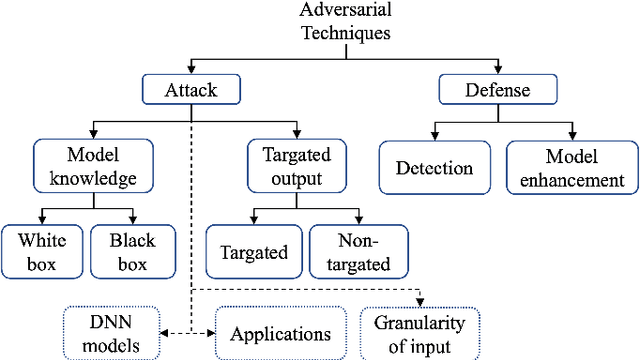
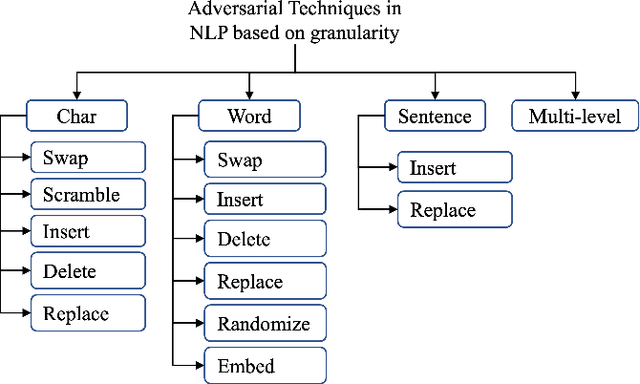
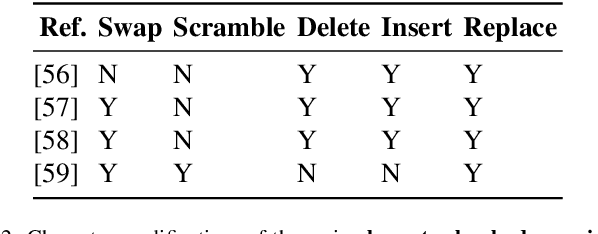
Abstract:The growing use of social media has led to the development of several Machine Learning (ML) and Natural Language Processing(NLP) tools to process the unprecedented amount of social media content to make actionable decisions. However, these MLand NLP algorithms have been widely shown to be vulnerable to adversarial attacks. These vulnerabilities allow adversaries to launch a diversified set of adversarial attacks on these algorithms in different applications of social media text processing. In this paper, we provide a comprehensive review of the main approaches for adversarial attacks and defenses in the context of social media applications with a particular focus on key challenges and future research directions. In detail, we cover literature on six key applications, namely (i) rumors detection, (ii) satires detection, (iii) clickbait & spams identification, (iv) hate speech detection, (v)misinformation detection, and (vi) sentiment analysis. We then highlight the concurrent and anticipated future research questions and provide recommendations and directions for future work.
Adversarial Machine Learning in Text Analysis and Generation
Jan 14, 2021Abstract:The research field of adversarial machine learning witnessed a significant interest in the last few years. A machine learner or model is secure if it can deliver main objectives with acceptable accuracy, efficiency, etc. while at the same time, it can resist different types and/or attempts of adversarial attacks. This paper focuses on studying aspects and research trends in adversarial machine learning specifically in text analysis and generation. The paper summarizes main research trends in the field such as GAN algorithms, models, types of attacks, and defense against those attacks.
 Add to Chrome
Add to Chrome Add to Firefox
Add to Firefox Add to Edge
Add to Edge